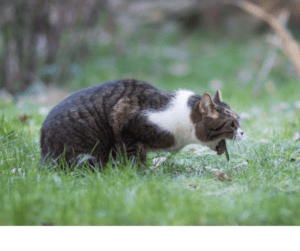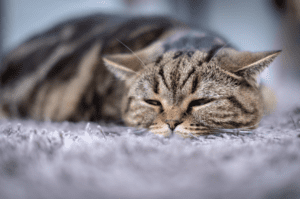Ever ponder the thought of having the world’s most popular pets – dogs and cats, living together under the same roof in a peaceful coexistence? These two species, known for their contrasting temperaments and behaviors, can indeed share a home harmoniously. So, let’s delve deeper into this fascinating subject and understand how these seemingly opposite pets can live together in harmony.
Decoding their innate behaviors:
To begin with, we need to comprehend the inherent behaviors of our furry friends. Dogs – known as pack animals, are social creatures. They thrive on companionship and often exhibit territorial instincts. They are also known for their loyalty and their need for physical activity. On the other hand, felines are solitary by nature. They value their independence, personal space, and quiet time. Unlike dogs, felines are not territorial but are rather attached to their surroundings or habitats.
The differences between the two are often associated with our behavior. “Dog person” and “cat person” are common terms used to denote certain personality traits and attitudes that people often associate with the typical behaviors of these two popular pets. “Dog people” are often perceived as outgoing and friendly – much like many dog breeds, which are known for their sociability and eagerness to please. Often seen as man’s best friend, and so people who prefer dogs are often thought to value these characteristics. They may be seen as enjoying the outdoors, being active, and valuing companionship and loyalty. However, “Cat people” are associated with the independent and somewhat mysterious nature of cats. Felines are known for their discerning and selective affection, which is often mirrored in the perceived personality of a “cat person”. Such individuals can be viewed as being more introverted, enjoying their own company, and have a deep appreciation in independence and curiosity.
The Role of Early Socialization:
Their contrasting behaviors might make you wonder if they can coexist. The secret weapon here is socialization at an early stage, if a dog and cat are introduced to each other during their formative years, they can learn to understand, accept, and respect each other’s boundaries and behavioral patterns. This early interaction can help mitigate the inherent predator-prey dynamic and foster a peaceful coexistence.
Communication Styles: Understanding their language:
Another critical factor in promoting harmony between canines and felines is understanding their distinctive communication styles. Dogs are quite expressive, using a variety of sounds, body language, and facial expression to convey their feelings. A wagging tail or a playful bow communicates happiness and an invitation to play.
Tabbies, conversely, are more subtle and nuanced in their communication. They use small movements, sounds, and body positions to express themselves. For instance, the act of a cat wagging its tail, often mistaken for happiness, is usually a sign of agitation or distress. By understanding these differences, pet owners can prevent potential miscommunications that might lead to conflict.
The Importance of respecting space:
Another essential aspect of cohabitation is ensuring each pet has its own designated areas for essential activities like eating, sleeping, and playing. Our furry friends both need their own space where they can feel safe and secure. By establishing separate areas for each pet, you can help maintain peace and avoid territorial disputes.
Can dogs and cats coexist peacefully?
The answer is a resounding yes! With the right approach involving early socialization, understanding their unique communication styles, and respecting each pet’s space and boundaries, these two popular pets can indeed live together harmoniously. It’s all about creating a balanced environment that caters to both their needs.
The perfect pet combo:
Have you ever considered the joy and companionship that could come from having both a dog and cat in your home? While it may seem like an unusual choice to some, owning these two popular pets can offer a unique and rewarding experience. Dogs and cats each in their unique way, provide companionship that is second to none, Dogs are known for their love for their owners, constantly seeking interaction and playtime, while cats who often value their independence, can offer a quiet, calm, and soothing presence. Having both in your home means enjoying diverse forms of companionship that cater to various emotional needs.
The learning Experience:
Owning a dog and a cat together can be a great learning experience, especially for children. It teaches them about the diversity of nature, the importance of understanding and respecting different behaviors and temperaments, and the need to care for and empathize with our favorite four-legged friends. Furthermore, the playful nature of dogs combined with the mysterious and often entertaining antics of cats can bring a lot of joy and laughter into a household. Watching them interact, play, or even engage in a bit of friendly chase can be a source of endless amusement and fun.

Mutual benefits for pets:
It’s not us the owners who benefit. Dogs and cats, when socialized early and correctly as mentioned above, can benefit from each other’s company. The playful nature of dogs can encourage cats to engage in more physical activity, while the calming influence of a cat often has a soothing effect on dogs.
Embracing the cat-dog household:
In conclusion, having a canine and a feline in your house can be a wonderful experience. Not only does it offer diverse forms of companionship, but it also provides learning opportunities, endless amusement, and mutual benefits for the pets themselves. While it may require a bit more effort in terms of socialization and understanding their unique behaviors, the rewards are well worth it. So why not consider opening your home to both a dog and a cat?









